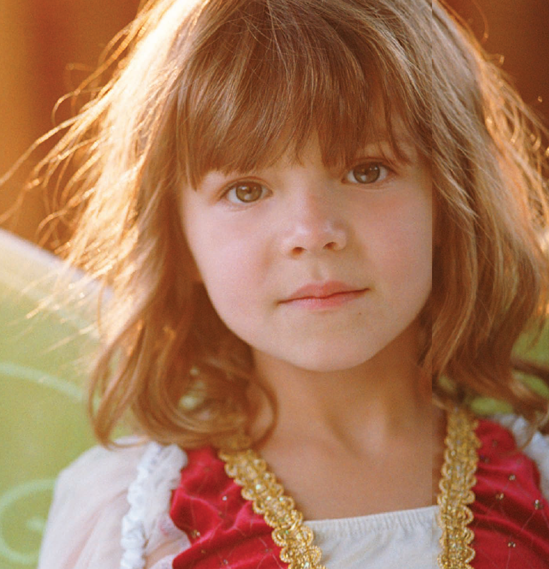Chapter 3. SEEING THE LIGHT

Learning to See Light
Available Light
The Sweet Light: Dawn and Twilight
Using Reflections and Shadows
Photographing in Fog or with Overcast Skies
Finding Contouring Light
Using Soft Window Light
Knowing When to Compromise
Learning to see light not only improves the looks of your photos but, more importantly, it changes how your photographs "feel." Used correctly, light can add an emotional element to an otherwise ordinary photograph.
To create dramatic and sensitive photographs, you must simply fall in love with light. Slow down and look at the light around you, right now, this minute. Are you near a window with light spilling into the room? Or perhaps you are reading by the soft glow of a table lamp. Look at the objects in the room and see how their shadows are cast by the angle of the light falling on them. Once you start noticing, you will begin to see the effect of light everywhere you go. It changes your life, whether you have a camera in hand or not. You begin to see how light reveals itself in a soft glow or in diagonal shafts, illuminating the shapes and forms of everything before you. You see the light manifest mood, drama, and dreaminess. You might notice how warm, afternoon light tends to exaggerate color, while the light of dawn, just before the sun crests the horizon, tends to diminish or soften color.
LEARNING TO SEE LIGHT
Ruth Bernhard, a renowned ...
Get PHOTOGRAPHING CHILDREN PHOTO WORKSHOP now with the O’Reilly learning platform.
O’Reilly members experience books, live events, courses curated by job role, and more from O’Reilly and nearly 200 top publishers.

